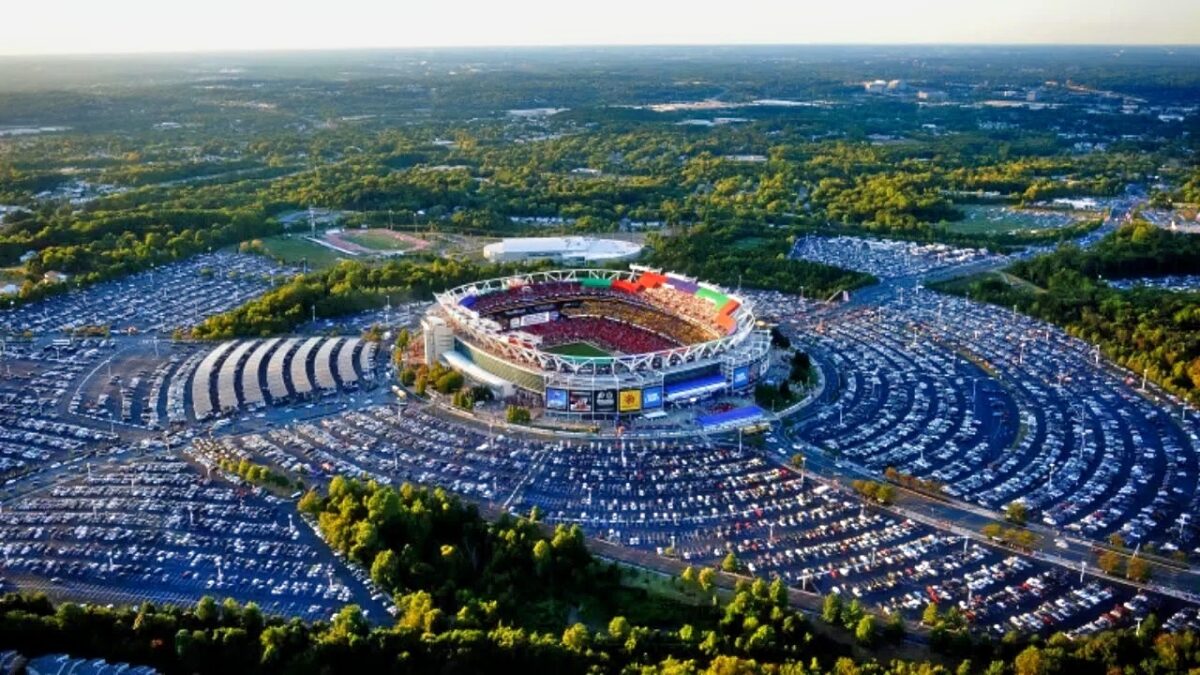
Nothing screams game day atmosphere like the tailgate, colors, and stadium of your favorite team’s program. For some fans, getting the opportunity to enjoy the latest and greatest in stadium and arena innovation is not a luxury, but a standard. Comfortable seating, dining options, bathrooms, and technology compatibility are all important features of a facility hosting an hours-long event. While some stadiums and arenas shine brighter than most, others fall short of acceptable. These are the 10 worst stadiums and arenas in sports right now.
10. Smoothie King Center – New Orleans, Louisiana
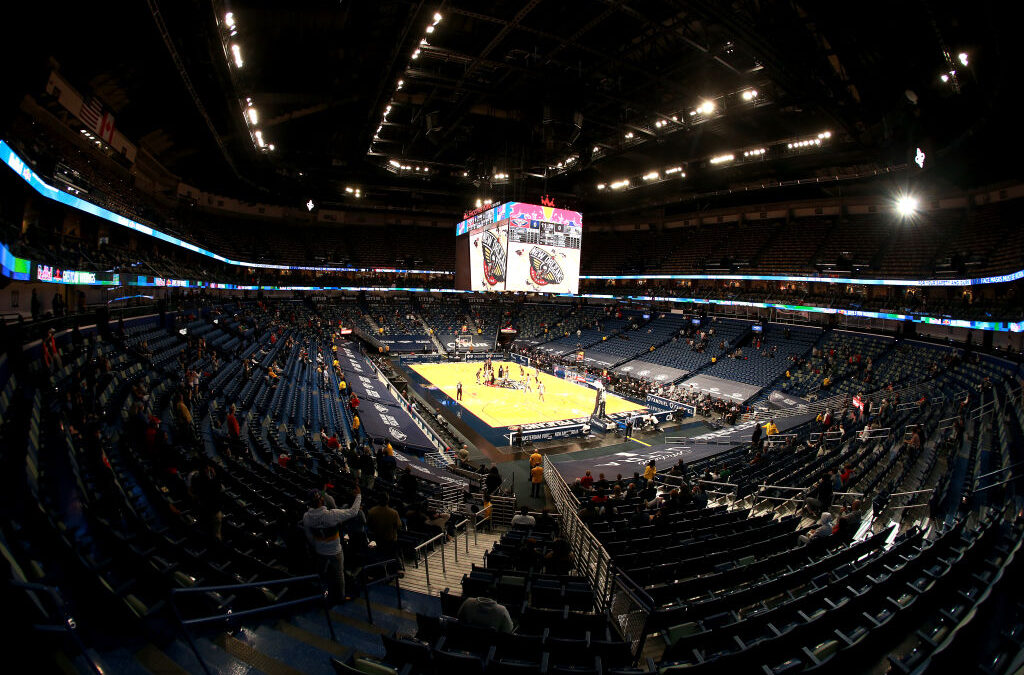
Getting placed beside a historic sports venue like the Superdome is hard to live up to. Unfortunately for the Smoothie King Center, it’s a depressing, 20-year-old concrete structure not nearly as magnificent as the Big Brother football venue which sits right next door. Taking into account frequent complaints of price gouging, and you’ve got the worst NBA arena — not that it’s all that bad.
9. Hard Rock Stadium – Miami, Florida
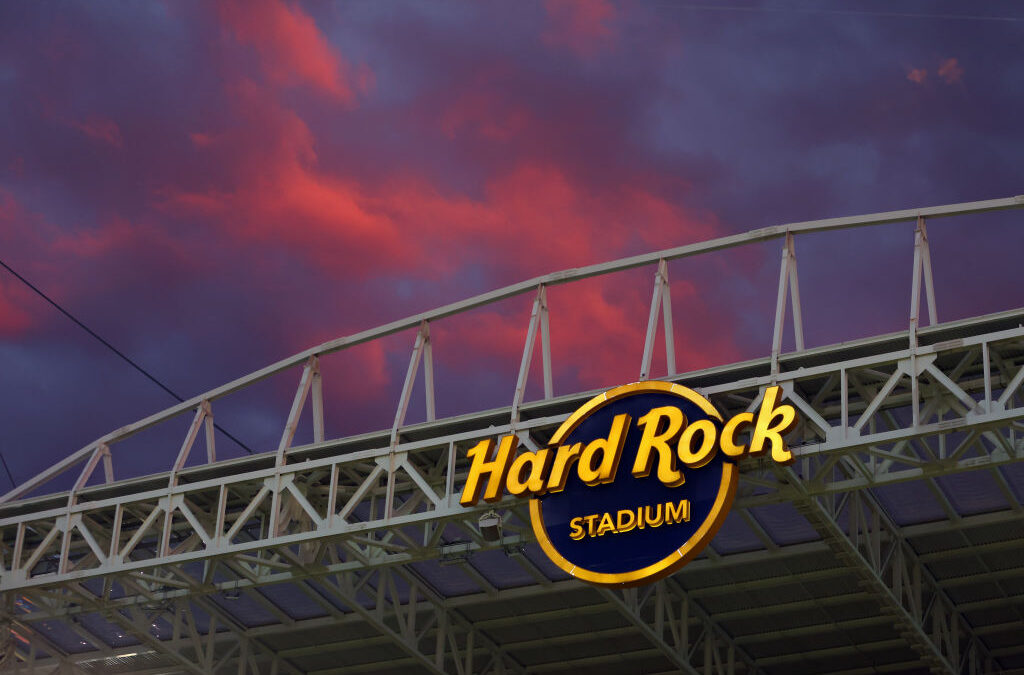
Hard Rock Stadium lacks the historical significance it replaced and Dolphins fans have been pissed off for 50 years because of it. The stadium is also built in the as-middle-of-nowhere as you can get in Miami. No matter how many upgrades the stadium receives, it will never hold a candle to the winning culture and significance of the Orange Bowl. Until fans see that kind of success in Hard Rock, it’s going to be difficult to get them to buy into the vision… no matter what.
8. CEFCU Stadium – San Jose, California
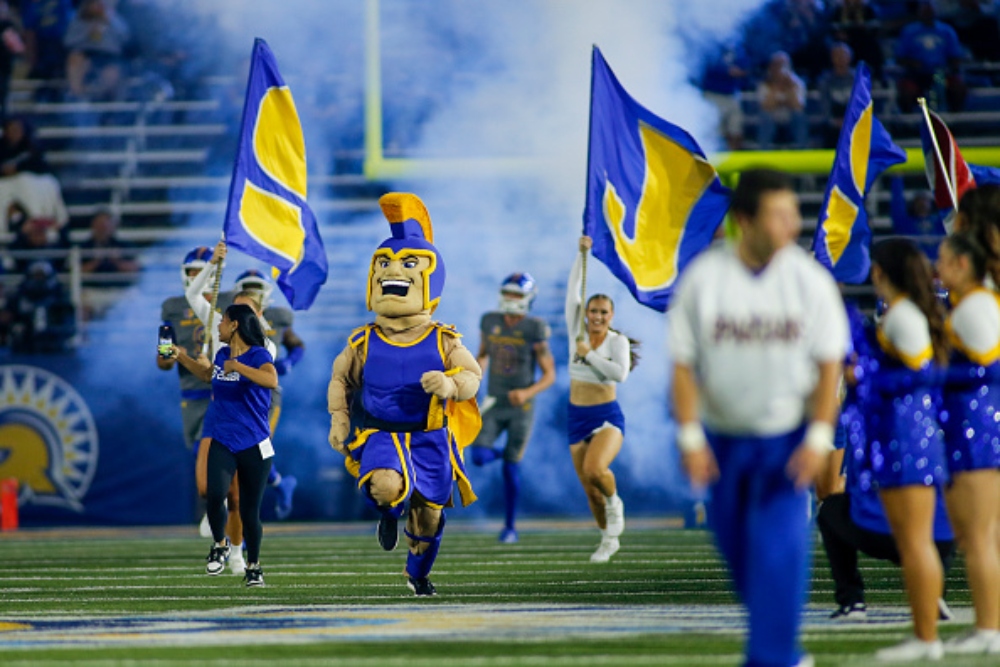
CEFCU Stadium has struggled to attract large crowds and create a vibrant game-day atmosphere over the course of its existence, partly due to the lower level of enthusiasm and support for the San Jose State University football program. Playing in the MAC, one of the worst conferences in college ball leaves San Jose State’s program facing lackluster battle after lackluster battle. The stadium’s infrastructure is outdated and in need of renovation, which detracts from the overall experience. Along with being in the mid-MAC, its location in the densely populated Silicon Valley area can make parking and traffic logistics challenging for fans attending games. The stadium’s smaller seating capacity is put into perspective when you recognize how empty the stadium is.
Click on ‘Follow Us’ and get notified of the most viral NFL stories via Google! Follow Us
7. Scotiabank Saddledome – Calgary, Alberta
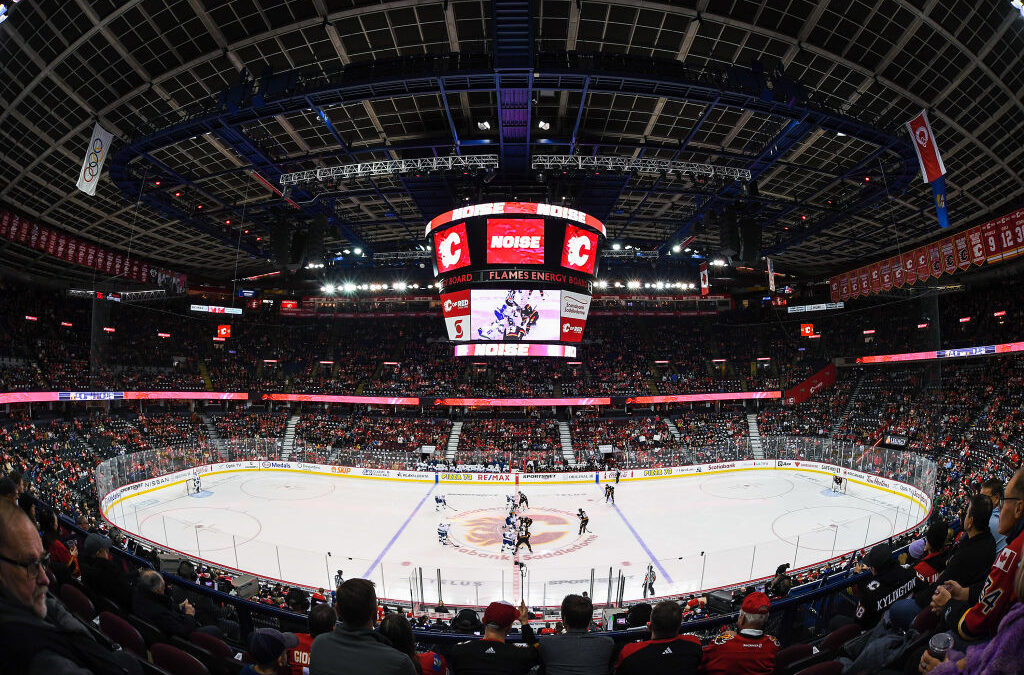
The home of the Calgary Flames is as cramped as an NHL arena gets, and not in an “excited fans, thrilling environment” type of way. The Saddledome is the best the construction team could do at the time it was built with the resources they had available, but now 40 years later, it’s flawed and outdated to put it lightly. The Saddledome could use some serious upgrades and expansion, but an undergoing like that could cost upwards of $100M and I doubt Calgary’s willing to invest that into this aging stadium.
6. Paycor Stadium – Cincinnati, Ohio
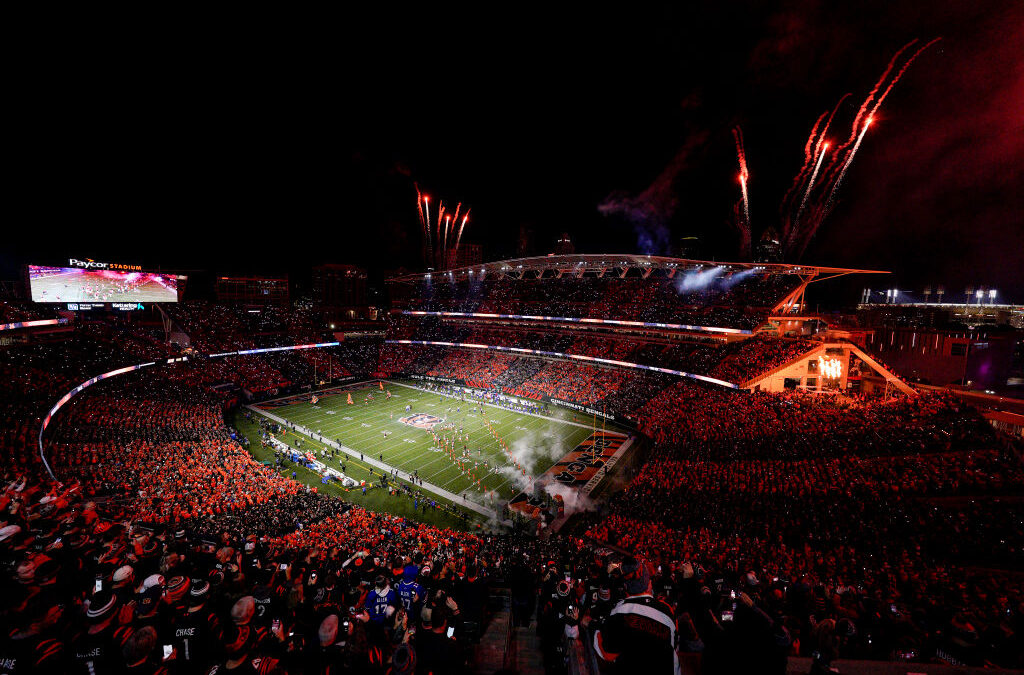
The former Paul Brown Stadium is, financially, the cheapest football stadium in the NFL. There are some nice things about the facility, like the view of downtown Cincinnati, but it has a lot of faults. Notably, fans are supposed to feel like they’re on an aircraft carrier by having to go up and down levels to move across the stadium. With the stadium likely to be around and operating without any kind of upgrades for another 20 years, Bengals fans need not hold their breath. While the star talent inside the building helps, removing the nostalgia of the iconic name is a bigger negative.
5. Jobing.com Arena (Gila River) – Glendale, Arizona
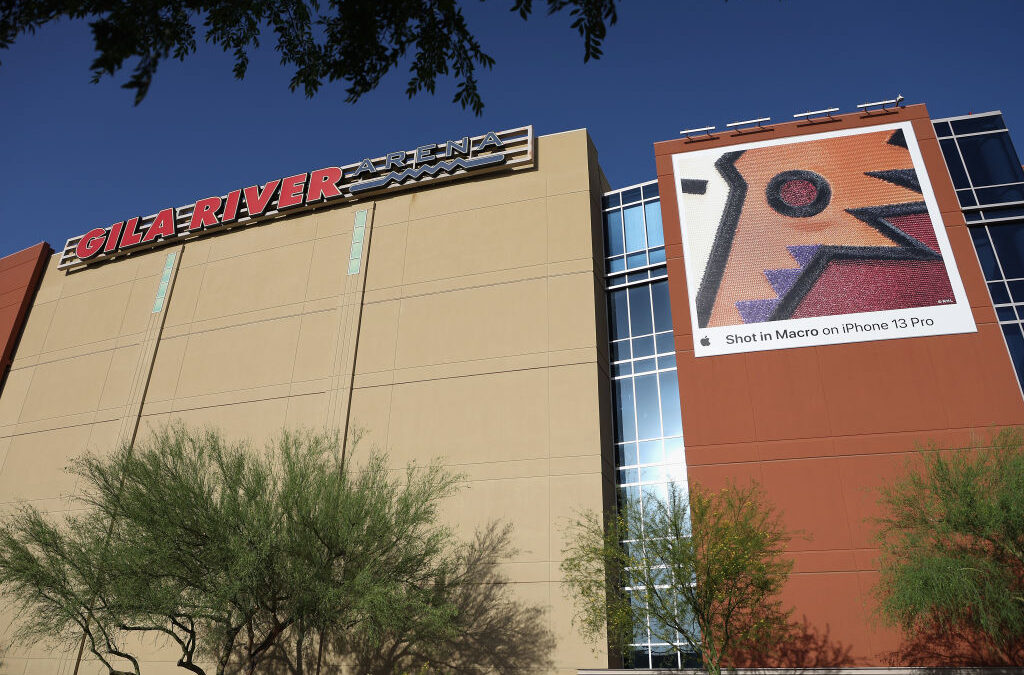
How the city of Phoenix even has an NHL team is a mystery to me. With record-setting low annual attendance drawn each year, it also doesn’t help the Coyotes have a poor arena. Due to the fact they play in a very warm Arizona climate, the ice is often melty and pucks don’t glide as well as they should. The Coyotes have had some playoff teams in recent seasons, yet still have done nothing with the Arizona arena to compel fans to attend games.
4. Tropicana Field – St. Petersberg, Florida
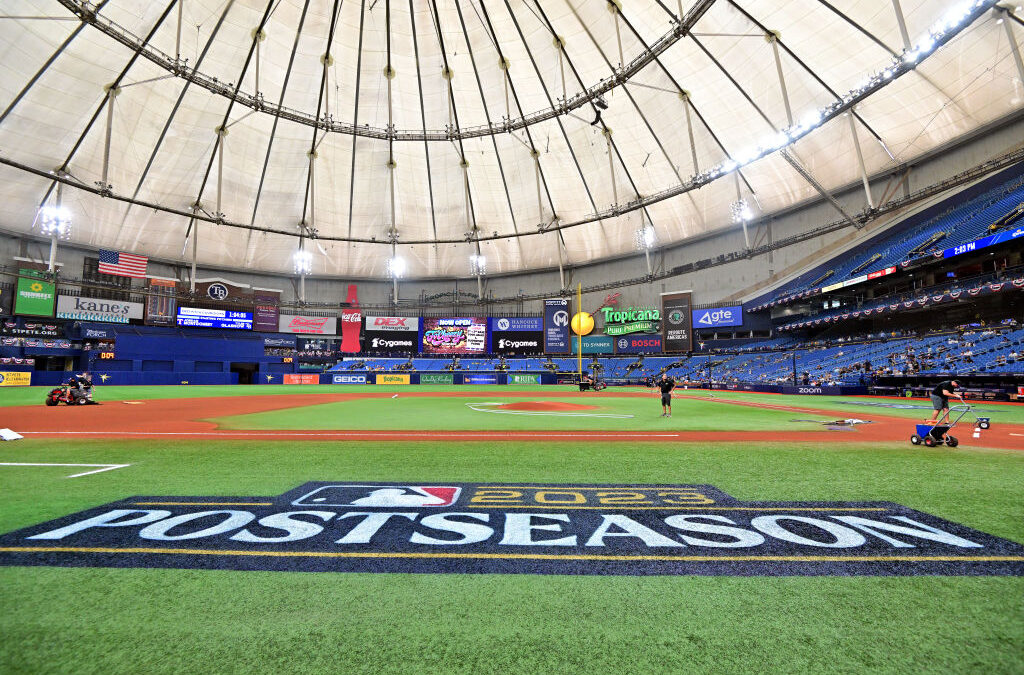
Attendance at Tropicana Field is a disaster. Even though the Rays have reached the playoffs in four consecutive years, attendance is steadily declining. Tampa Bay attracted 1.51 million fans in 2013 but just 1.13 million last year. That’s 13,927 per game, third worst in the majors. “The Trop” isn’t even located in Tampa; it’s on the opposite side of the bay, 30 minutes and a bridge away in St. Petersburg — where all the retired Red Sox and Yankee fans live. For a team that’s been as competitive as the Rays have been for the last decade, they deserve a lot better than their own home ballpark.
3. Oakland–Alameda County Coliseum – Oakland, California
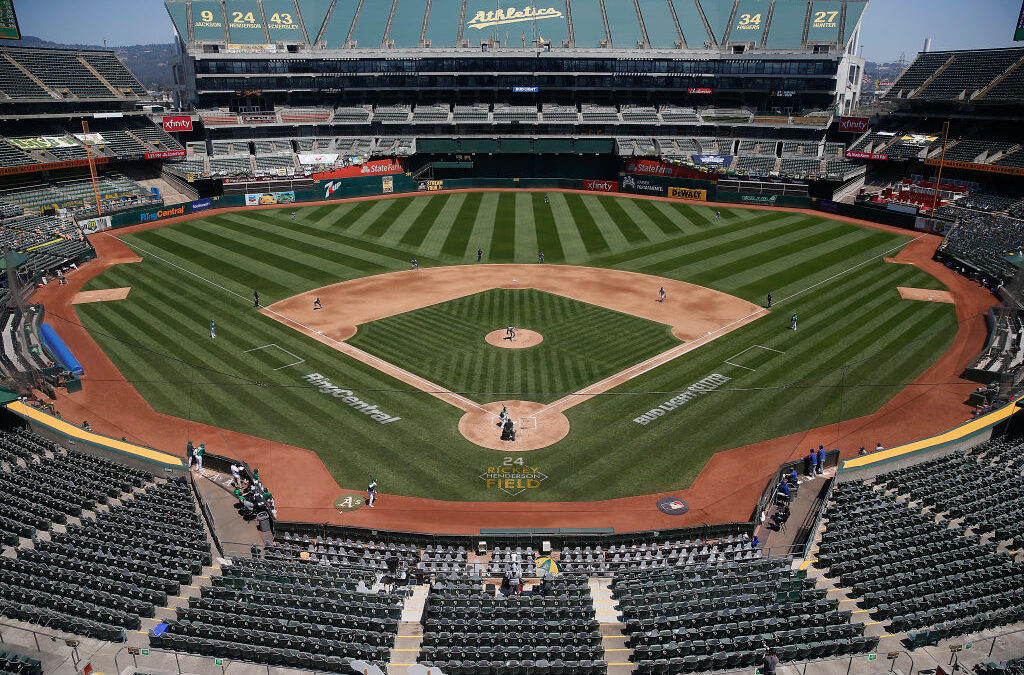
A’s ownership is doing everything that it can to sabotage any healthy long-term future for the ball club in Oakland, including talks about moving the team to Las Vegas along with the Raiders and fielding a team with a sad $48 million payroll, almost $100 million less than league average. The Coliseum is a historic stadium, but ownership doesn’t seem to care. This, combined with recent infestations and leaks to the aging facility points to the A’s spot on this list as the fault of incompetent, cheap ownership.
2. FedEx Field – Landover, Maryland
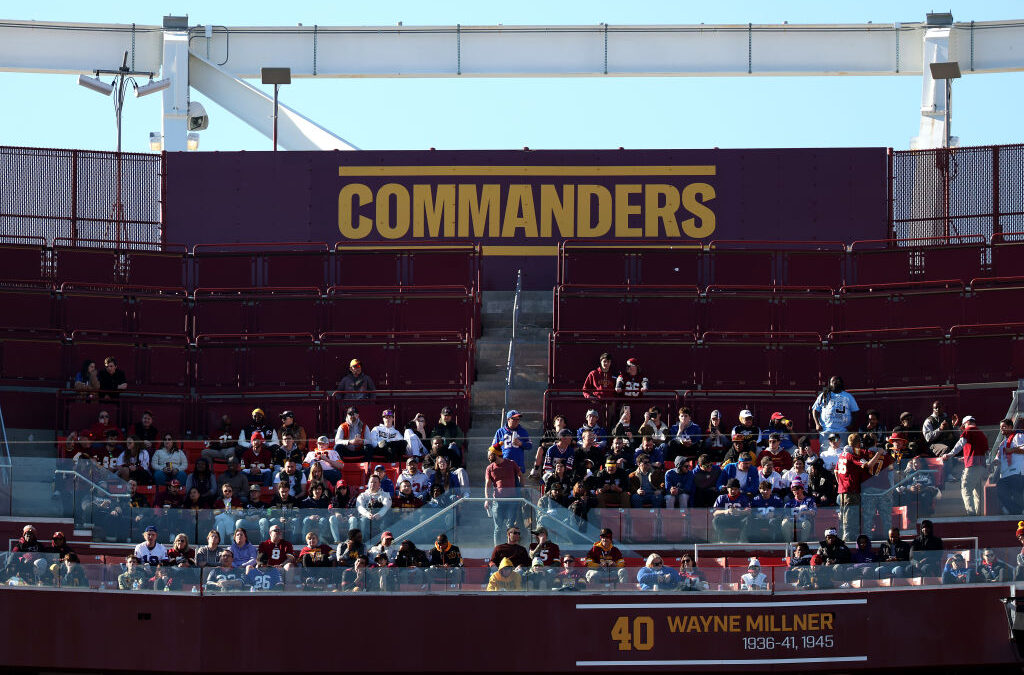
Remember when FedEx Field literally fell apart and almost seriously injured Eagles quarterback Jalen Hurts? The most basic of amenities are outdated by 21st-century standards. Locals have chosen to stay away in recent years amid the losing, ownership has been an embarrassment, and cheers from hordes of visiting fans often dominate the atmosphere. The rails break, pipes burst, and parking isn’t cheap (and a nightmare). The bright side is new ownership is fully aware that Washington is in desperate need of a new stadium.
1. War Memorial Stadium – Little Rock, Arkansas
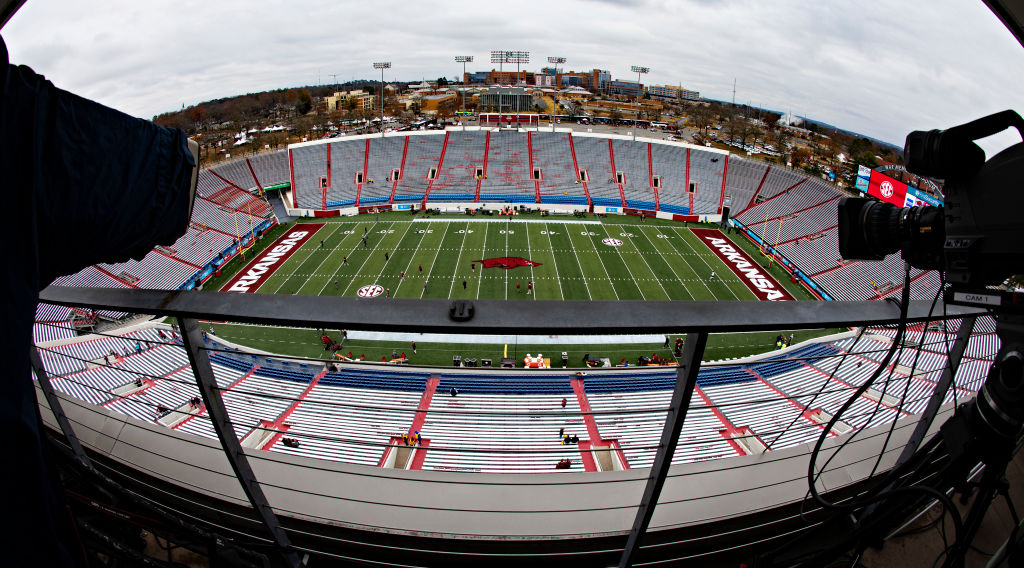
The Arkansas Razorbacks’ stadium falls short in comparison to others in the NCAA, let alone the other four major American sports. The stadium’s small seating capacity, lacking the grandeur of larger venues, limits the overall game day experience. Additionally, the team’s performance in recent years has been less than stellar, which can impact attendance and the level of excitement and atmosphere within the stadium. The lack of distinctive or iconic traditions associated with the stadium may also contribute to it being perceived as less impressive than other college football venues. The stadium has hardly received any upgrades since being built in post-war 1948 and is also located in one of the poorest capitals of any U.S. state. It’s the top of the dogpile in terms of bad stadiums.


